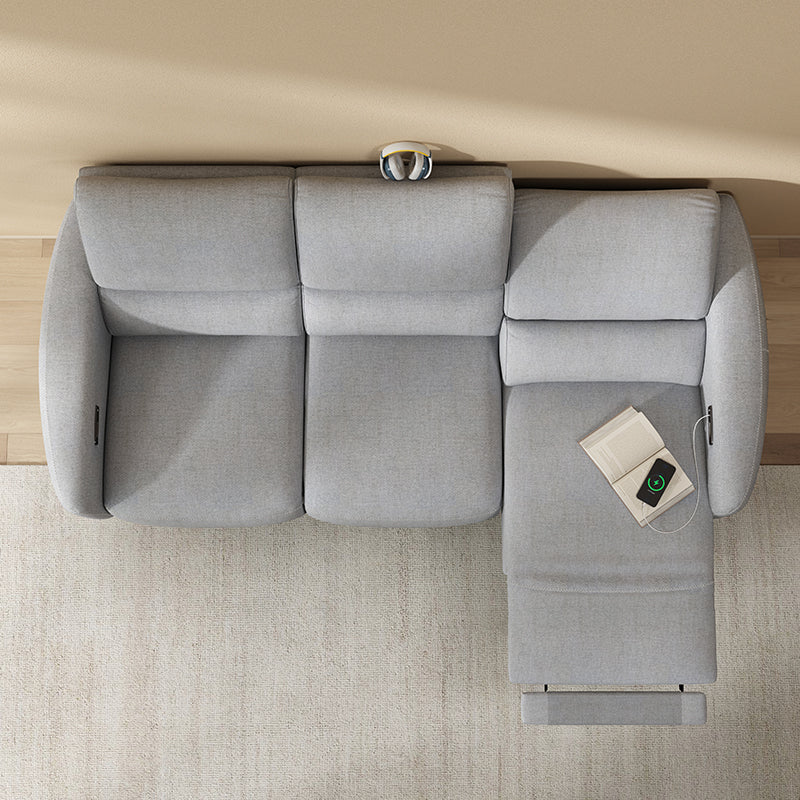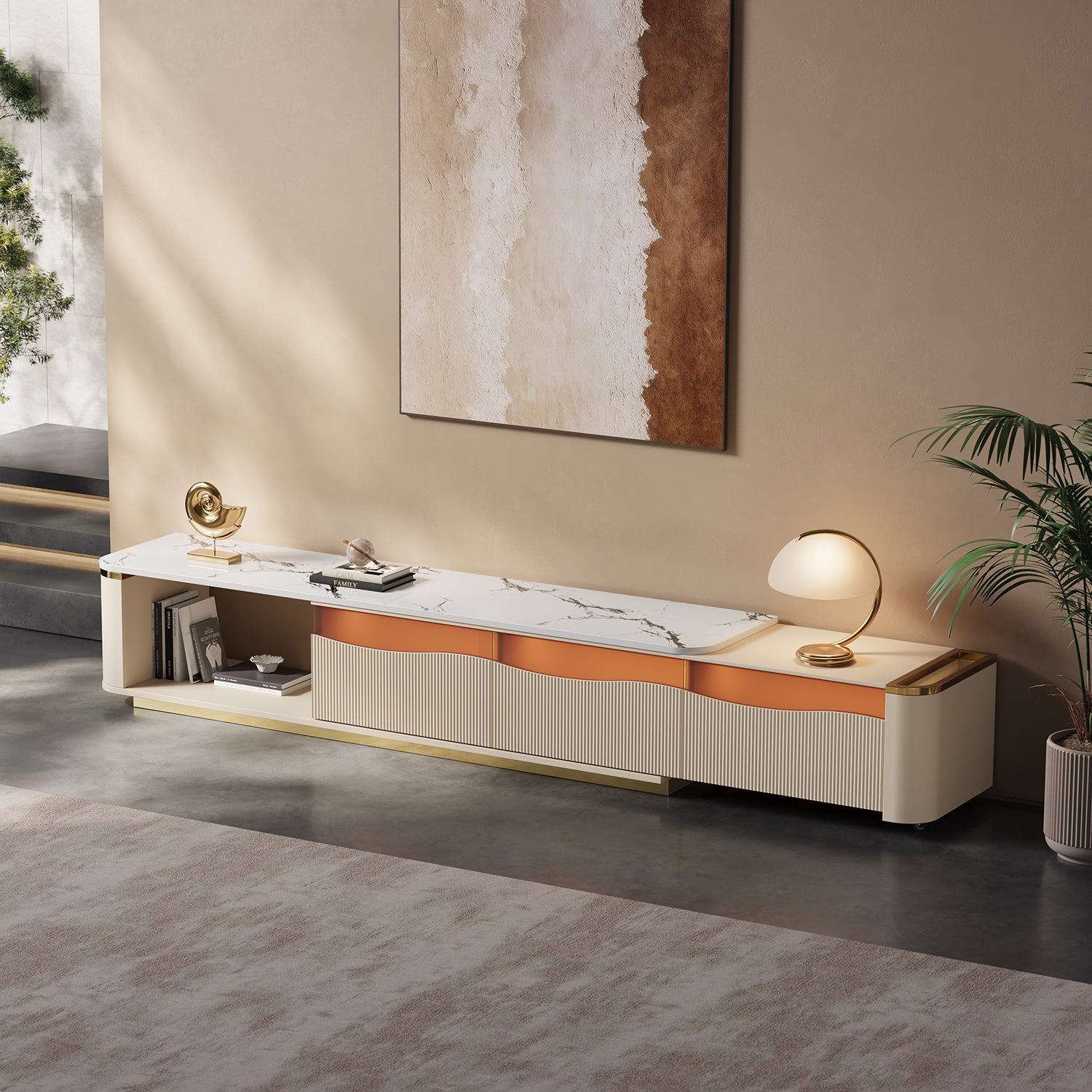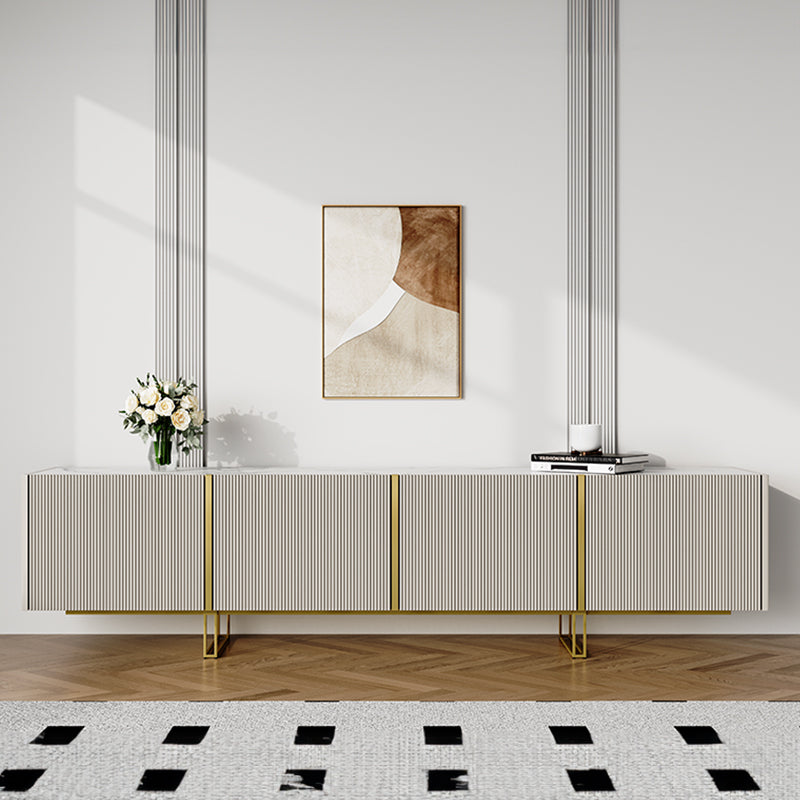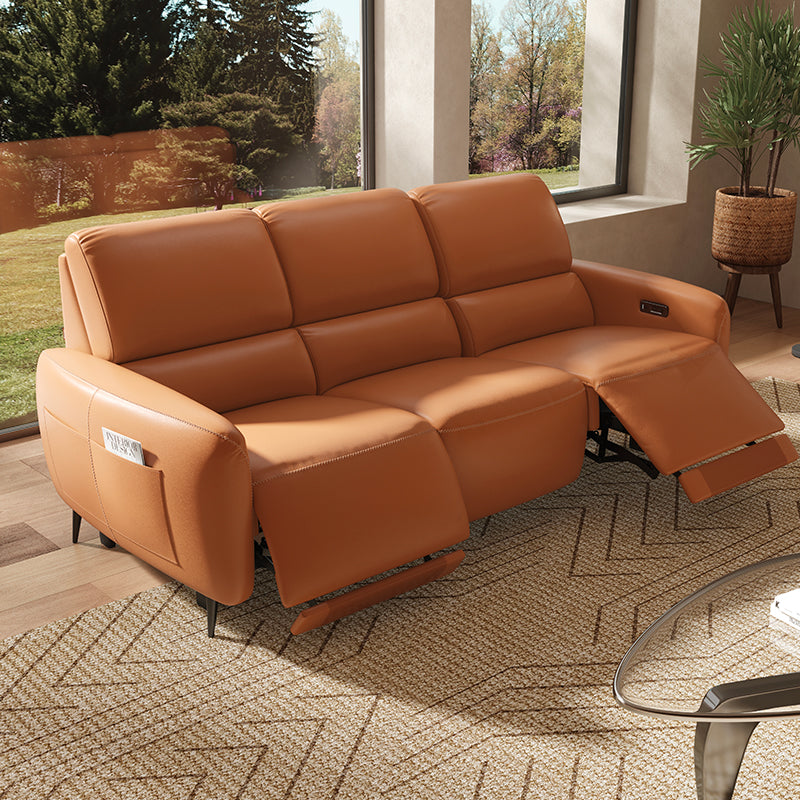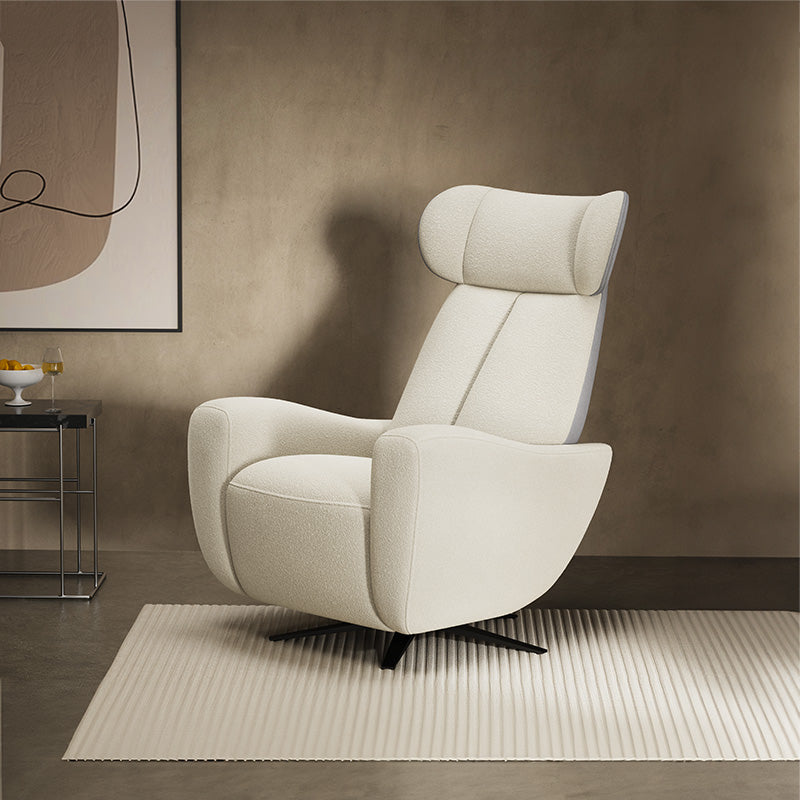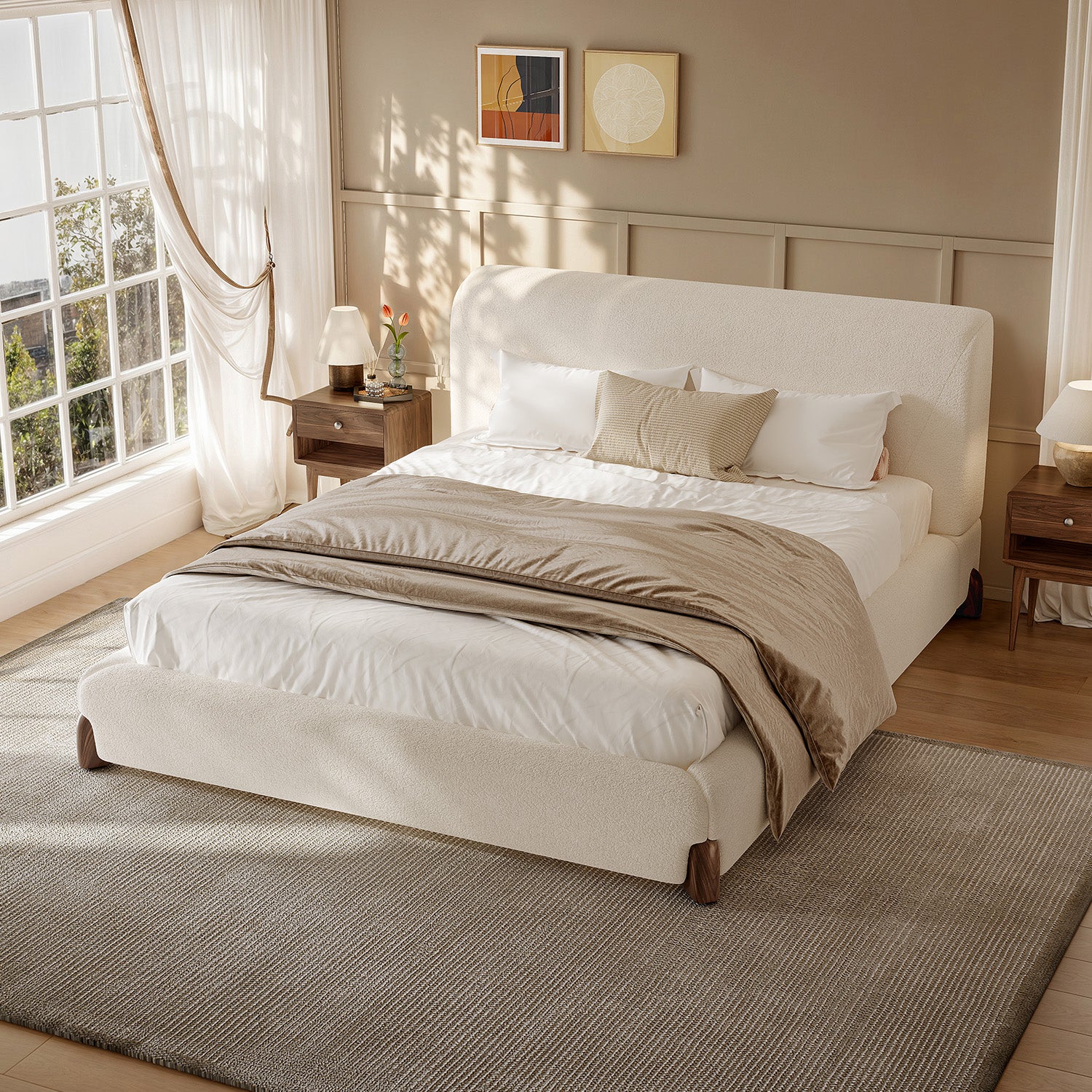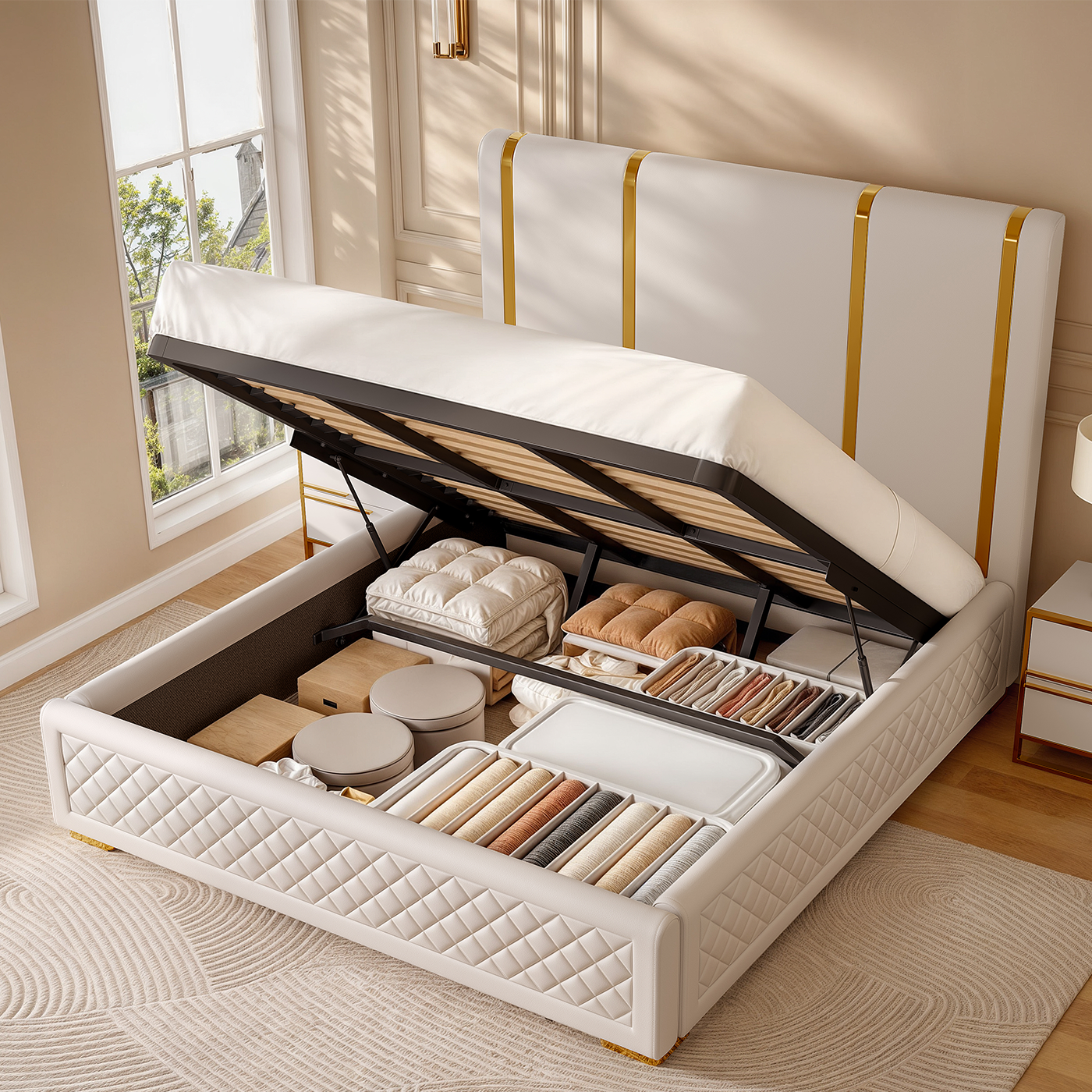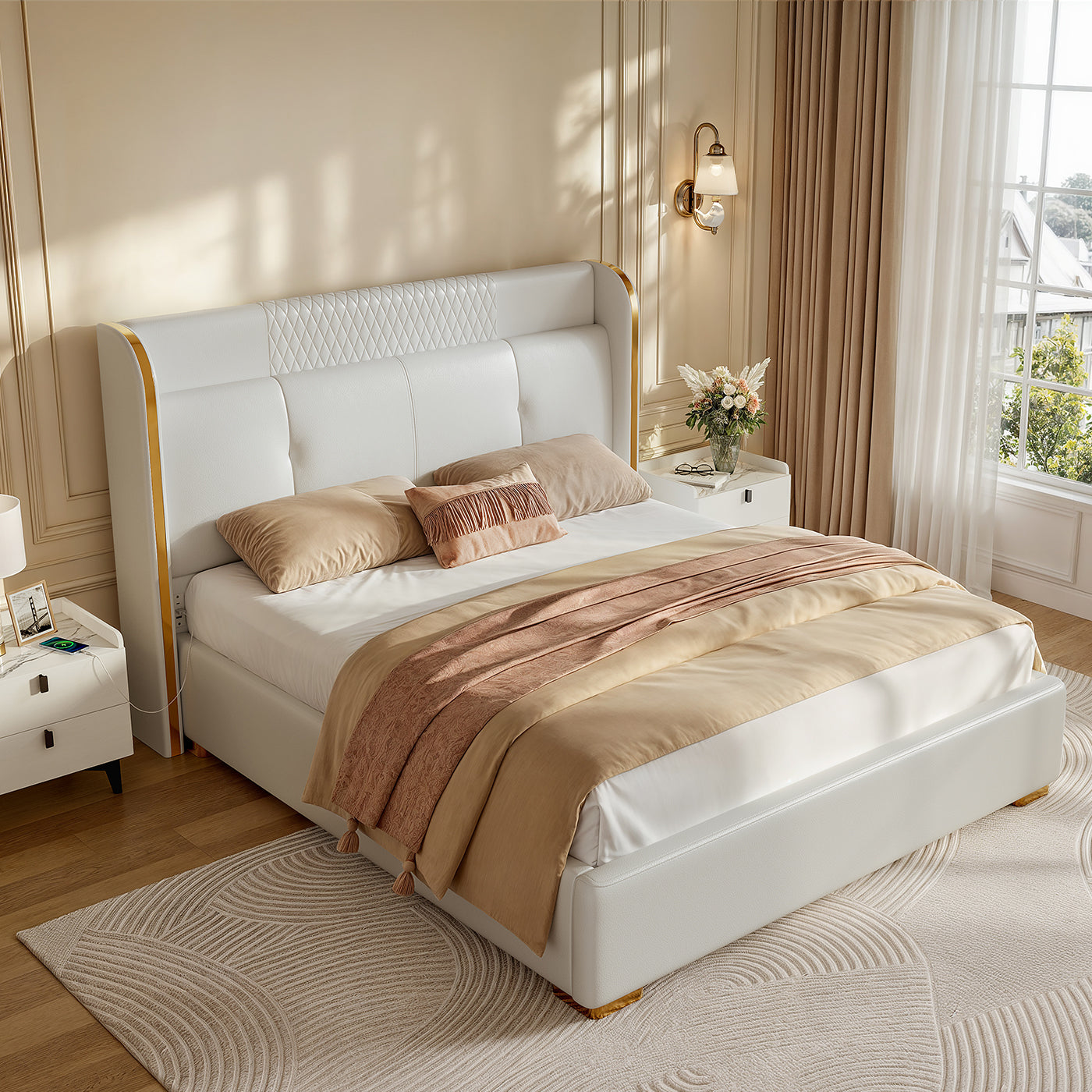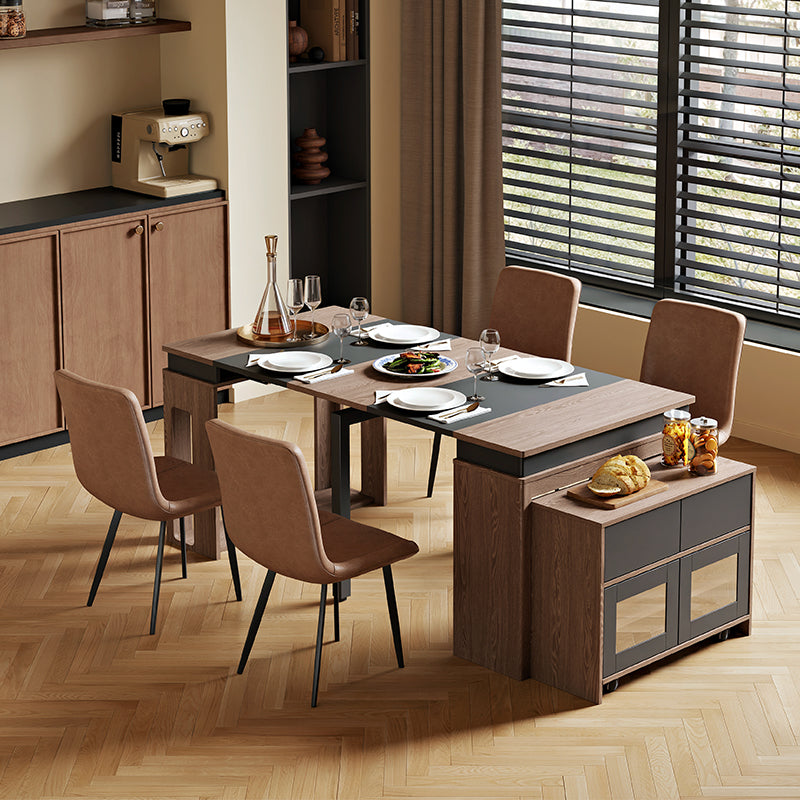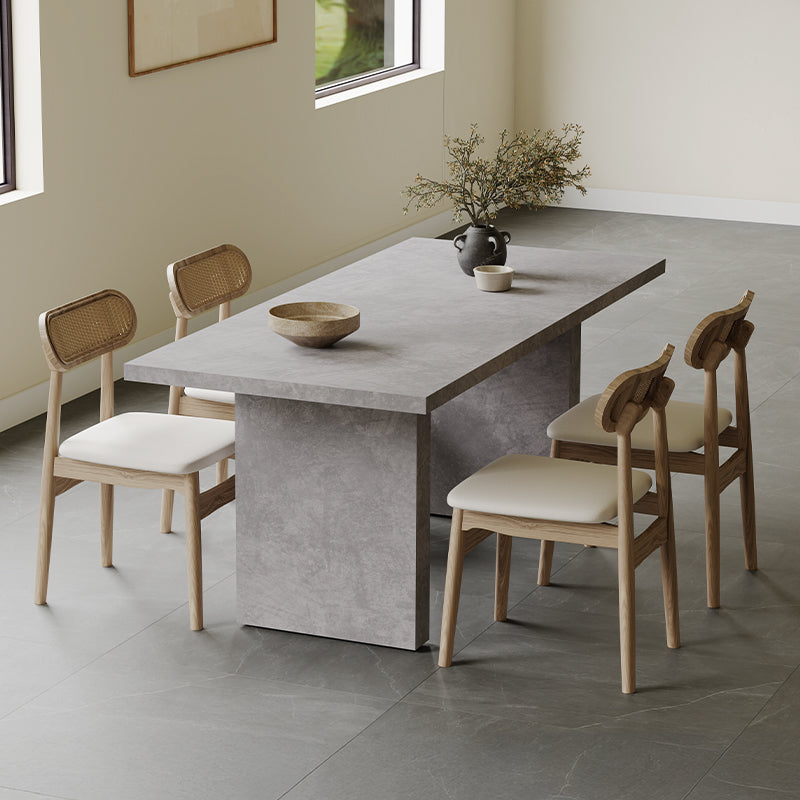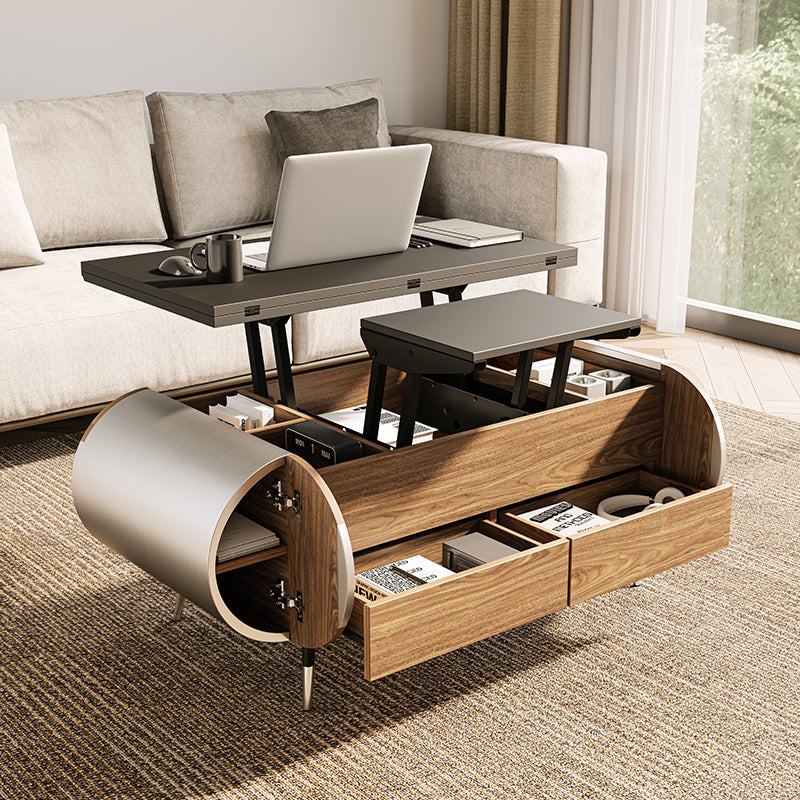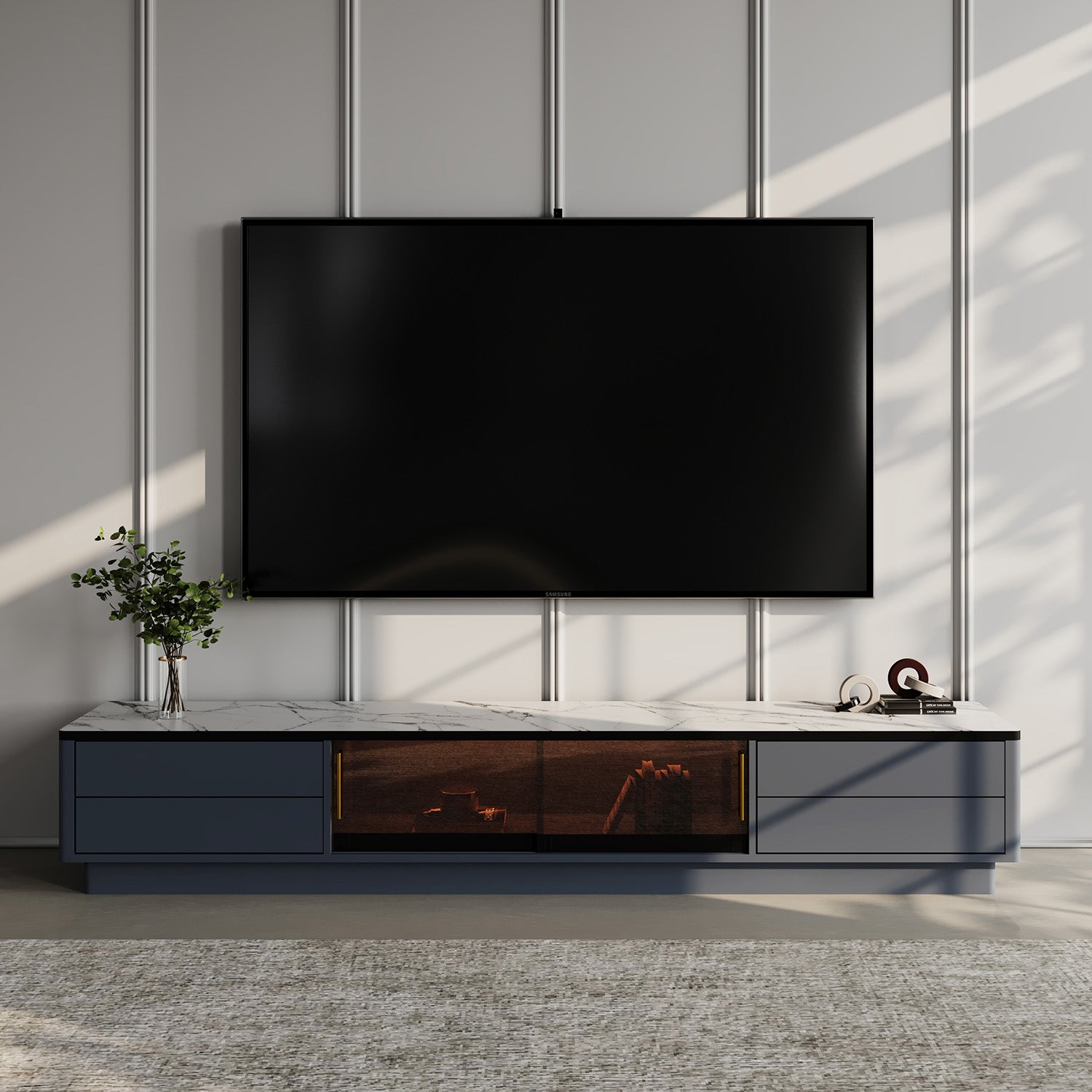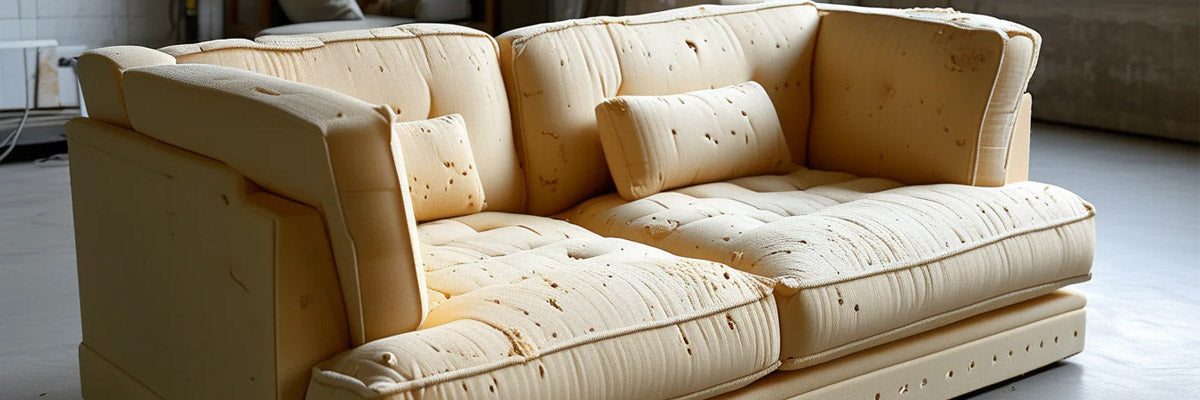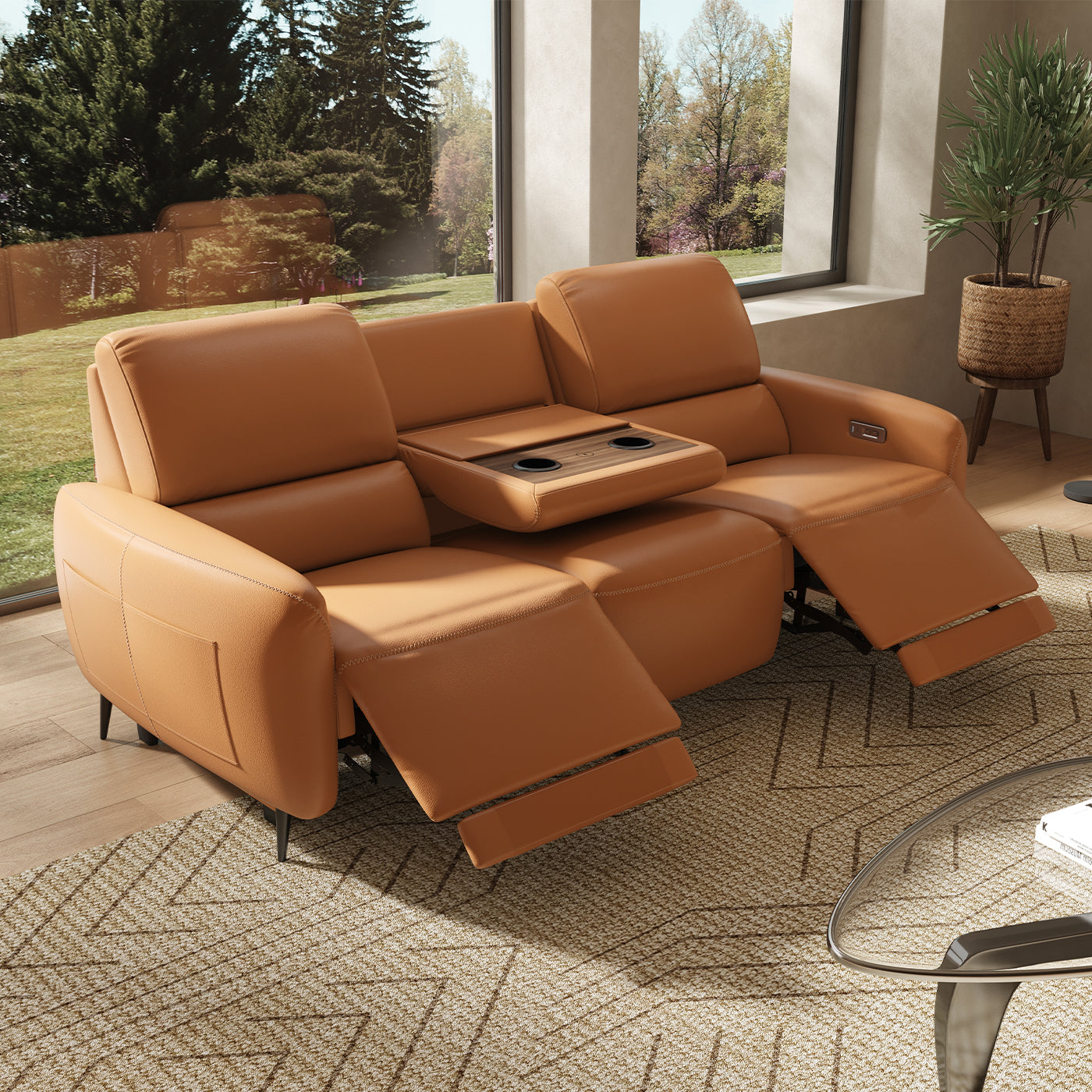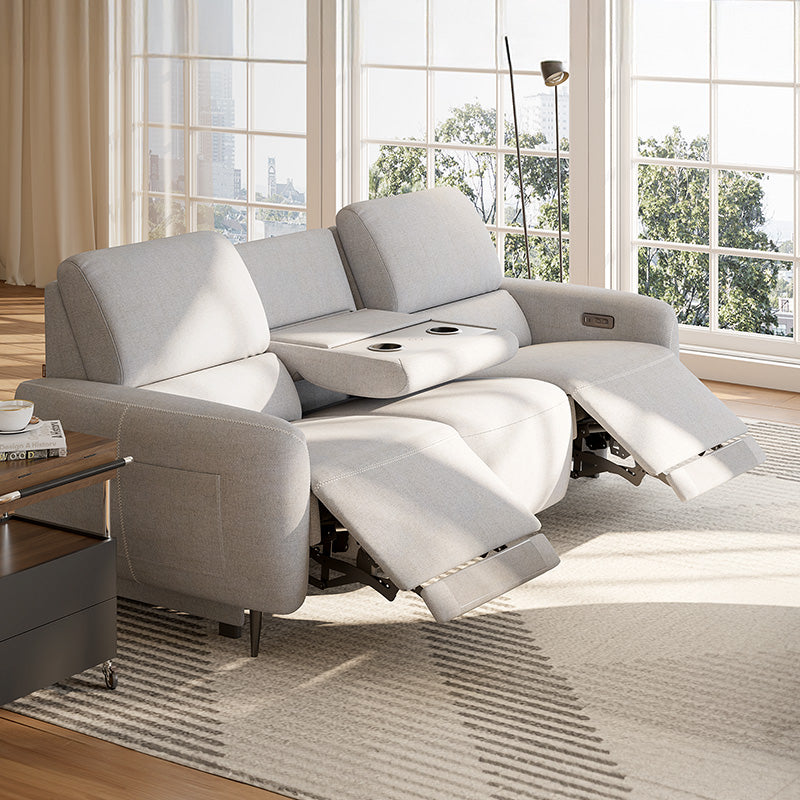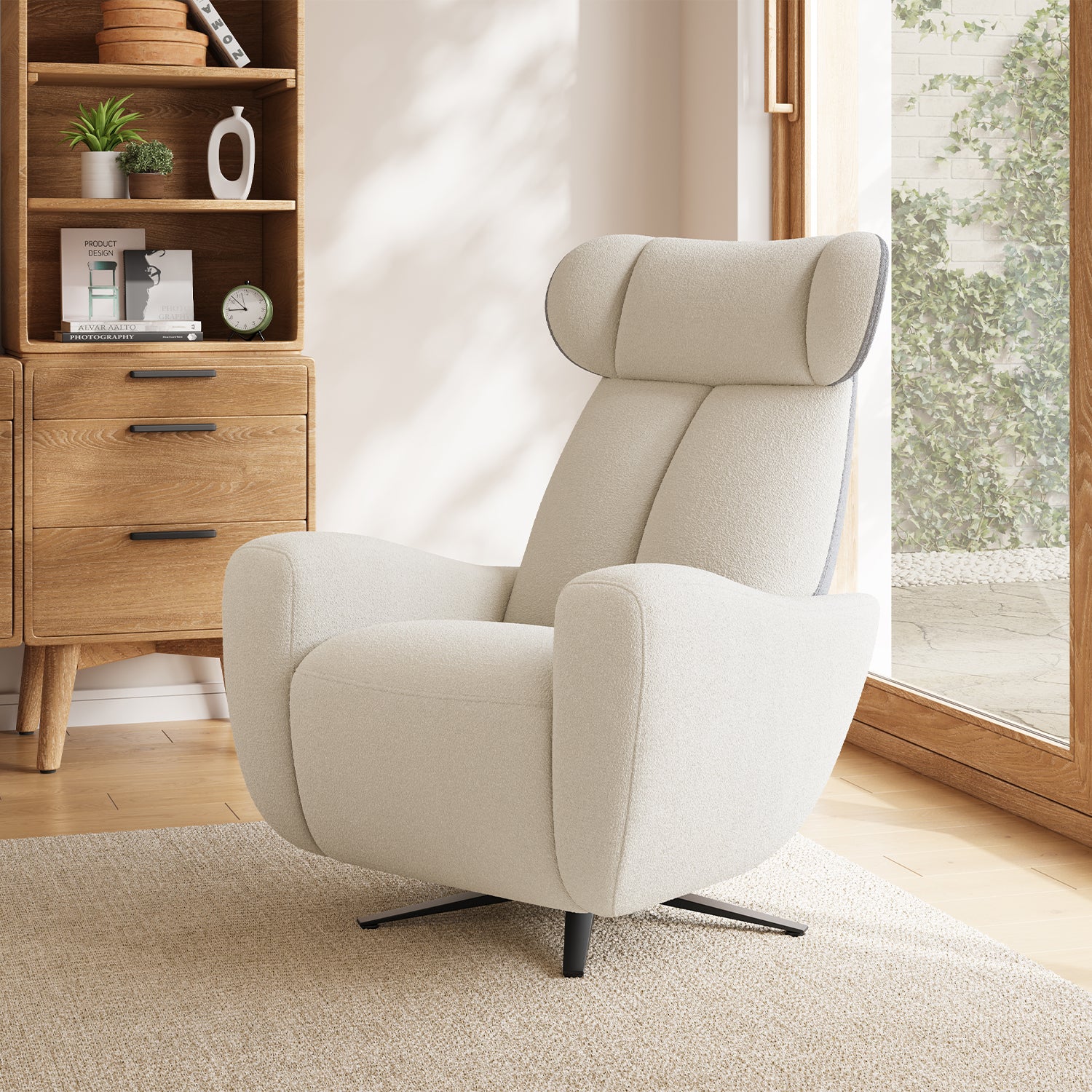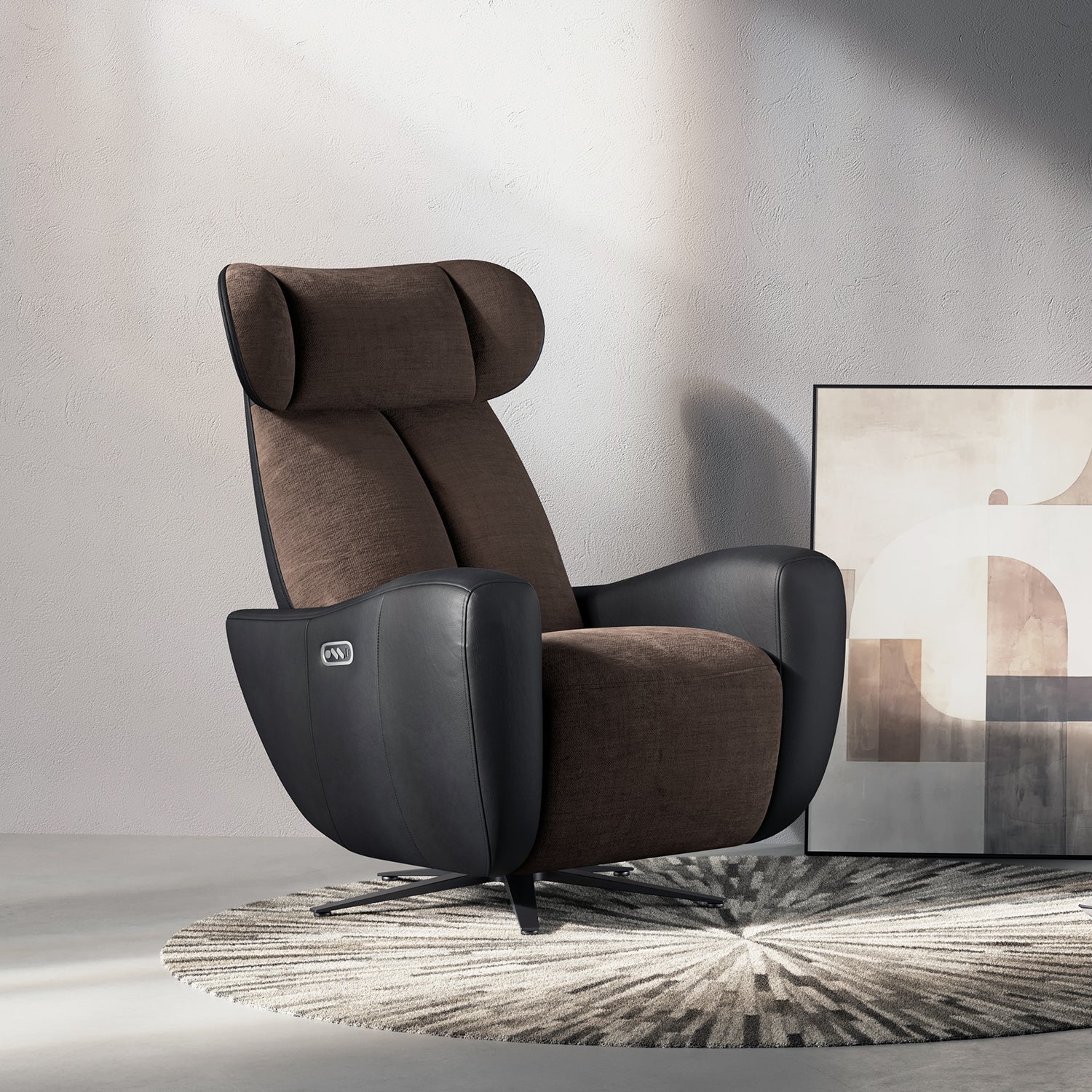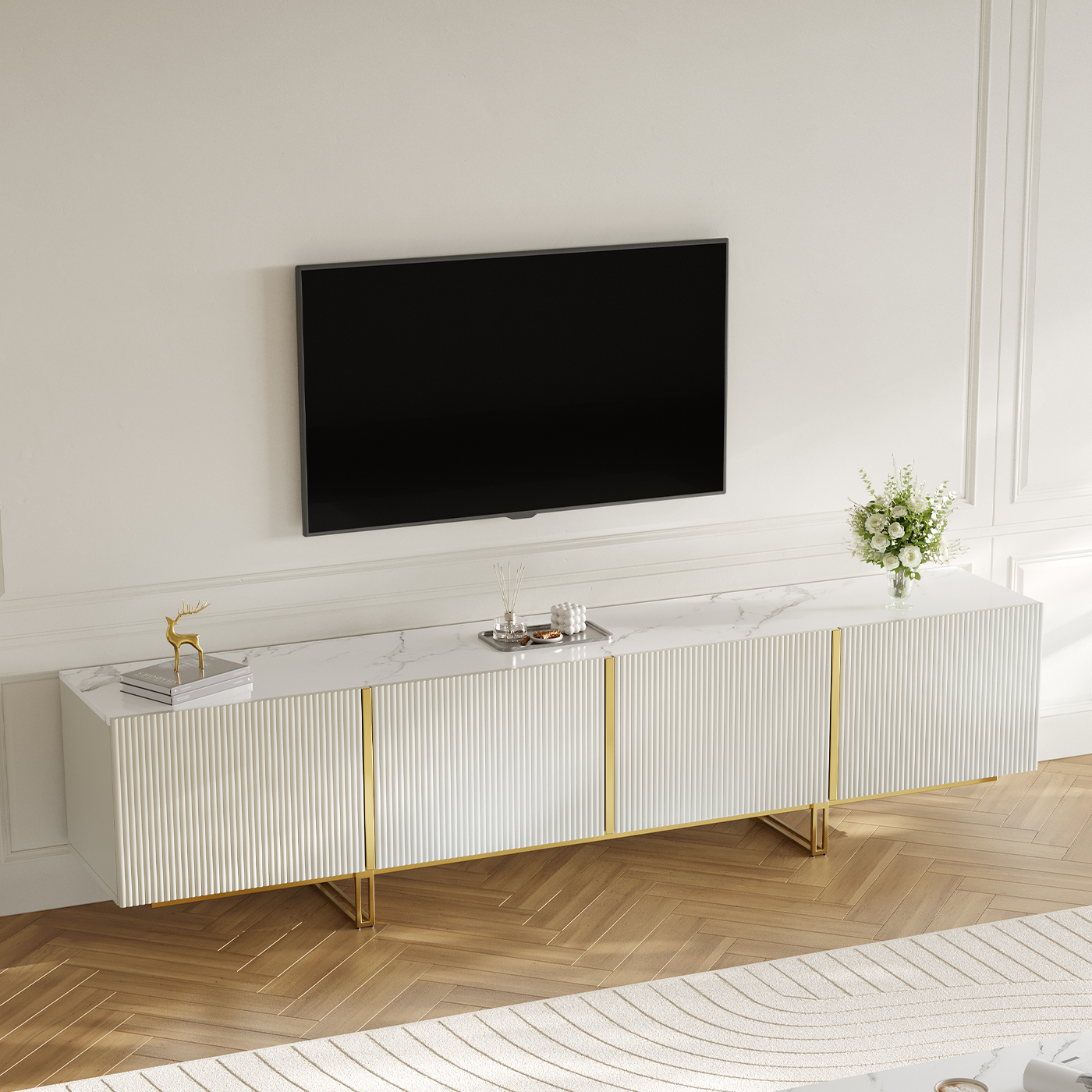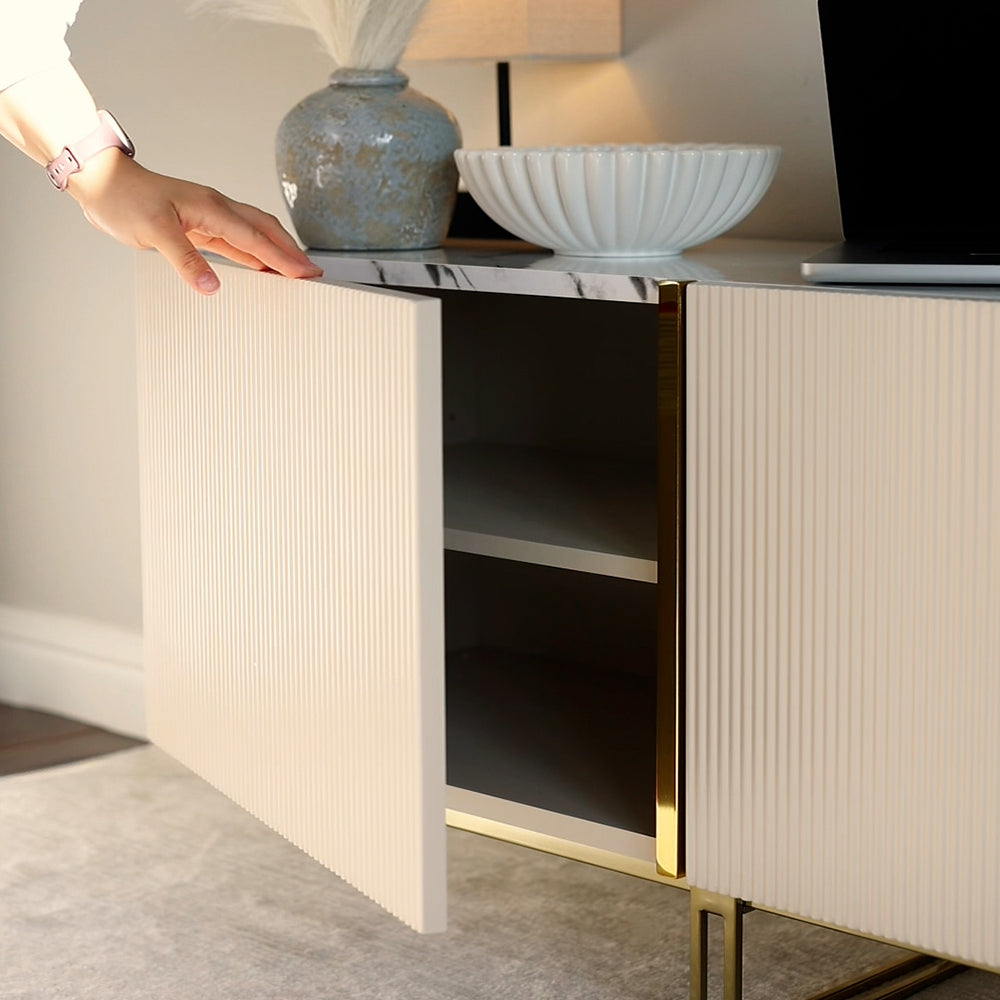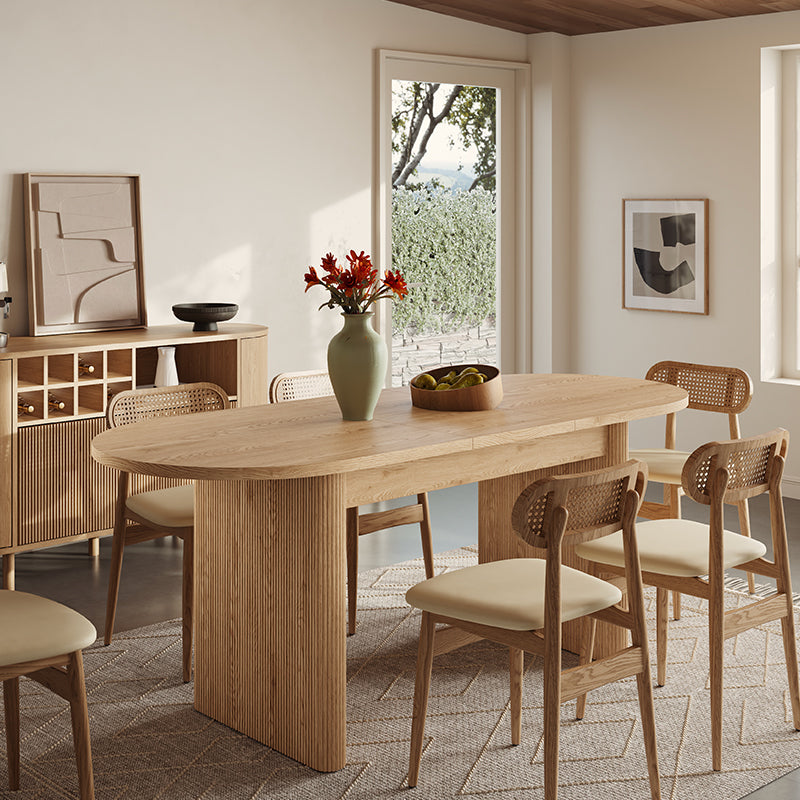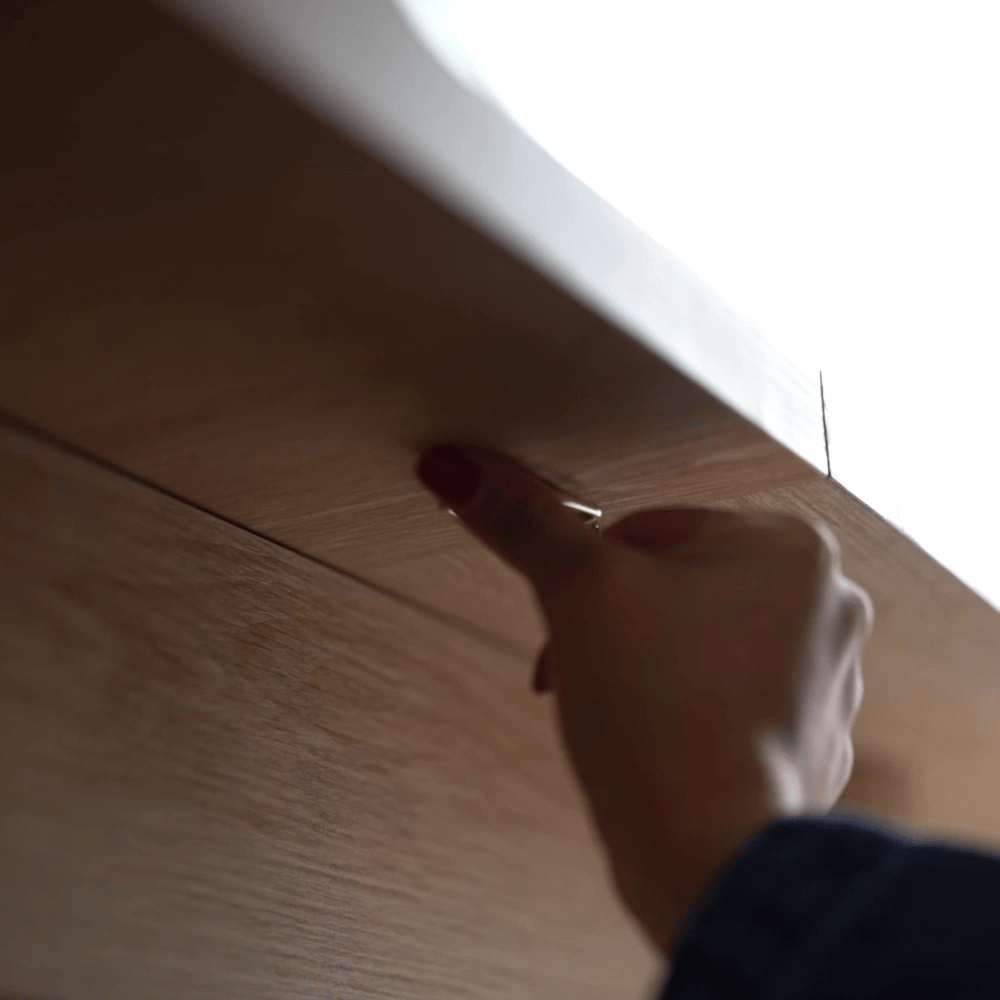This article explores the differences between couch ottomans and ottoman stools, focusing on their design, functionality, and usage in home decor. It provides a historical perspective on the evolution of ottomans and their integration into modern interiors, offering practical advice for choosing the right type based on individual needs and preferences.
Table of Content
1. What is an Ottoman?
An ottoman is a versatile piece of furniture that originated from the Ottoman Empire, commonly used as a footrest, seat, or storage unit, and has evolved into various forms like the couch ottoman and ottoman stool to suit contemporary home decor needs.

2. Industry Type: Home Decor and Furniture
Ottomans have become an integral part of the home decor and furniture industry, offering both functionality and aesthetic appeal. Originating from the Ottoman Empire, these versatile pieces have evolved significantly. Couch ottomans and ottoman stools are two popular variations that cater to different needs and preferences.
Couch ottomans are typically larger and can serve as an extension of your sofa, providing additional seating or a comfortable footrest. They often come with storage options, making them a practical choice for modern living rooms.
Ottoman stools, on the other hand, are smaller and more portable. They can be used as extra seating, a side table, or even a decorative accent. Their compact size makes them ideal for smaller spaces or as versatile pieces that can be easily moved around.
Both types of ottomans offer unique benefits, and choosing the right one depends on your specific needs and the layout of your space."
3.Couch Ottoman
Pros: Larger size for added comfort- Can serve as additional seating- Often includes storage options
Cons: Requires more space- Less portable
4.Ottoman Stool

Pros: Compact and portable- Versatile use (seating, side table, decor)- Ideal for smaller spaces
Cons: Limited seating capacity- No storage options.
5. Applications and Impact of Couch Ottomans and Ottoman Stools
In contemporary home decor, couch ottomans and ottoman stools each play distinct roles, influenced by their design and functionality. Couch ottomans are ideal for spacious living areas where they can extend the seating arrangement and offer extra comfort. Their built-in storage solutions also help in maintaining a clutter-free environment, which is crucial in modern, minimalist interiors.
Ottoman stools, due to their smaller size, are perfect for compact apartments or rooms where space is at a premium. Their versatility allows them to function as additional seating, a convenient side table, or a decorative piece that can be easily repositioned. This adaptability makes them a popular choice in dynamic living spaces that require flexible furniture solutions.
Both types of ottomans significantly contribute to the functionality and aesthetic of a room, enhancing comfort while also serving practical purposes. The choice between them should be guided by the specific needs of your space and lifestyle.
6. Understanding the Difference: Couch Ottoman vs. Ottoman Stool
In distinguishing between a Couch Ottoman and an Ottoman Stool, it's essential to recognize their unique functionalities and aesthetics.
The Couch Ottoman typically serves as both a footrest and additional seating, while the Ottoman Stool is more versatile, often used as a standalone seat or accent piece. Both enhance living spaces by providing comfort and style. For further insights, consider the specific needs of your space and how each piece can complement your existing furniture.
7. Conclusion
When deciding between a couch ottoman and an ottoman stool, it's important to consider your specific needs, space availability, and design preferences. Couch ottomans are ideal for larger spaces, offering additional seating, comfort, and storage functionality, making them perfect for modern living rooms or expansive seating arrangements. On the other hand, ottoman stools shine in compact spaces with their portability and versatility, serving as extra seating, a side table, or a stylish accent piece.
Both options provide unique advantages and contribute to enhancing the functionality and aesthetics of your home. By understanding the differences in design, functionality, and application, you can make an informed choice that complements your lifestyle and elevates your interior decor.

